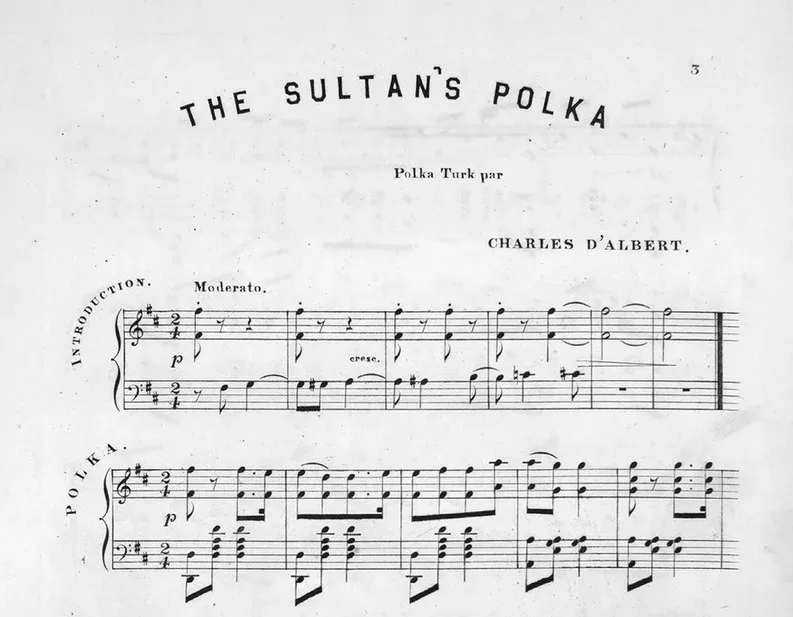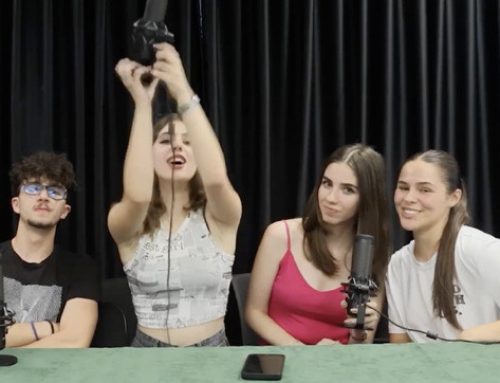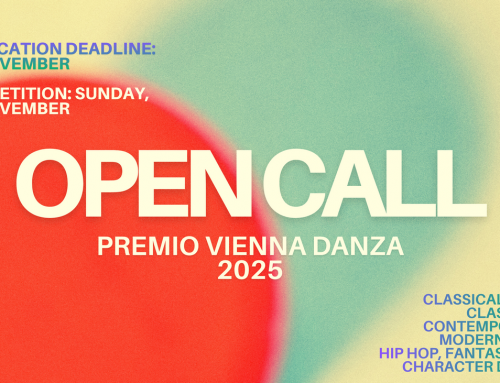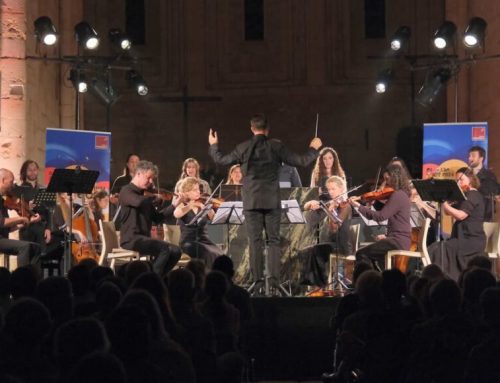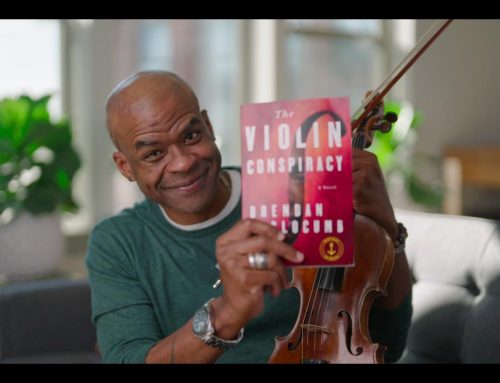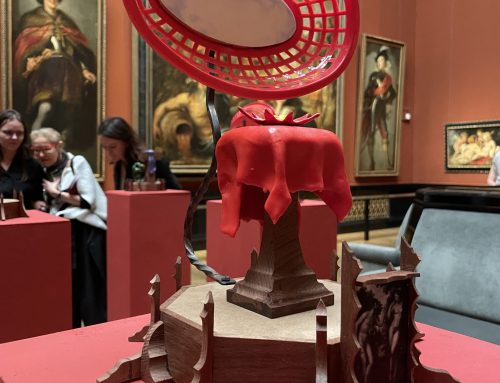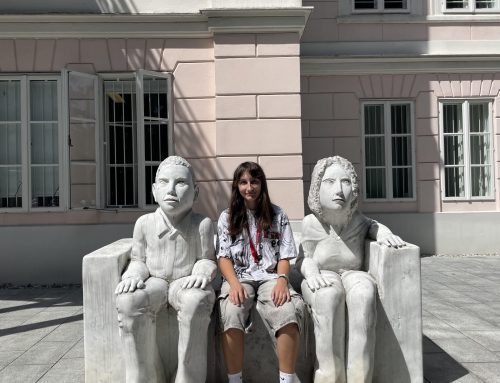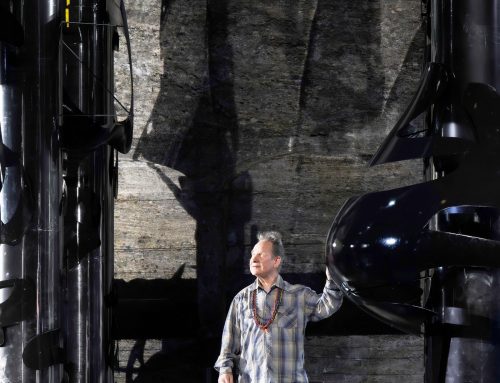The profession of a dance master (a ballet master of salon dances) may seem unusual today, but at the turn of the 19th century, the endless stream of balls, receptions, and evening events required an equally endless supply of new melodies and dance figures—just try dancing the same polka for months in a row.
Where there is demand, supply emerges. Salon dance masters diligently provided society with fresh galops, waltzes, polkas, and mazurkas.
In the year of Johann Strauss II’s 200th anniversary, it is hard not to recall his family, which not only turned ballroom culture into a commercial industry but also pioneered the concept of the touring entertainment business.
However, the Strausses were not the only entrepreneurs in this field. One of the two most prominent salon composers in England in the second half of the 19th century, Charles d’Albert, also became one of the most successful businessmen in ballroom culture. He devised a highly effective business model, “packaging” his works into looping manuals.
As both a composer and a salon dance master, Charles d’Albert not only wrote music but also choreographed dances to accompany it. He then published collections of these dances, adding a tutorial (as seen in the photo) to the piano score and orchestral parts, and packaged everything in an eye-catching cover.
He wrote extensively and regularly. He authored a book on ballroom etiquette, Dancing: Technical Encyclopædia of the Theory and Practice of the Art of Dancing, and even created new figures for the quadrille, which has since been known as the Albert.
In his field, he achieved remarkable success. A publisher’s catalog from around 1860 lists piano solo versions of 81 quadrilles, 76 waltzes, 64 polkas, and 48 galops and other dances. A significant proportion of each category also had piano duet versions, with 44, 32, 23, and 13 of them, respectively, available in full orchestral arrangements. A few were also scored for military band.
On the website of the Johns Hopkins University archives @jhulibraries, one can not only view the covers of d’Albert’s dance tutorials but also download the sheet music for his works. To do so visit the link https://levysheetmusic.mse.
Based on articles:
“The Authentic Role of a Nineteenth Century Dance Master” by Richard Powers; “Dance Arrangements from the Savoy Operas” by John Sands, The book “British Light Music Composers” by Philip Scowcroft (ISBN 0903413 88 4, currently out of print)

